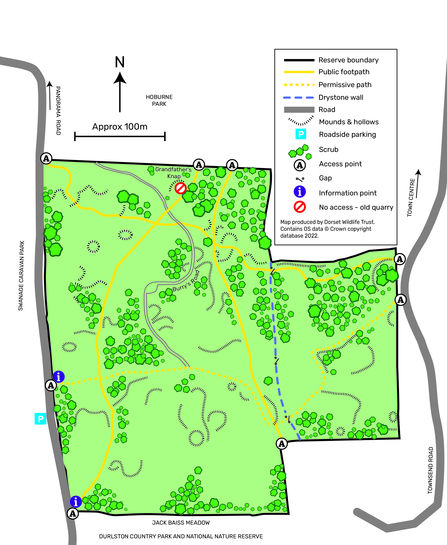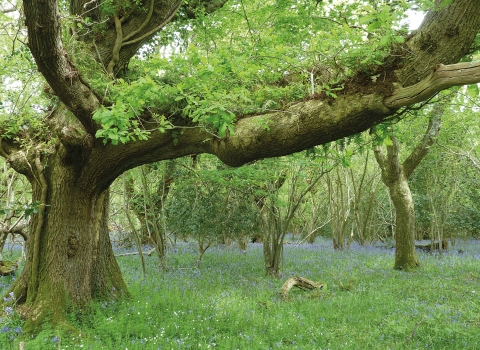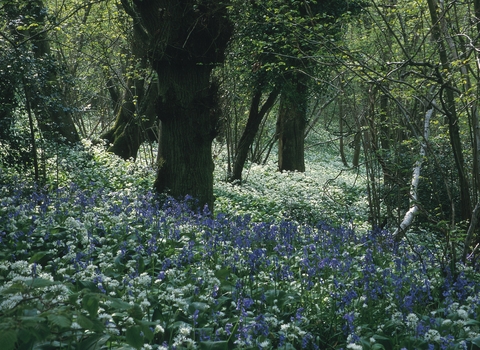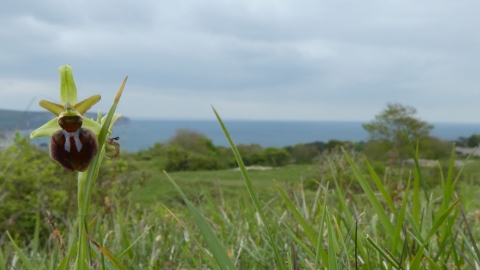
Early spider orchid © James Hitchen
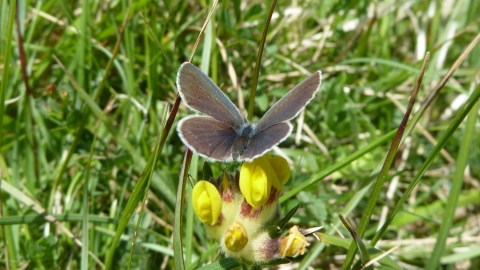
Small blue © James Hitchen
Cows at Townsend © James Hitchen
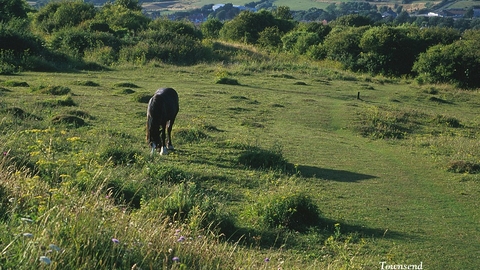
Tony Bates
Townsend
Location
Know before you go
Dogs
Please remove all dog mess from site. See above for more information about dogs on nature reserves.
When to visit
Opening times
Open at all timesBest time to visit
spring and summerAbout the reserve
Home to the beautiful early spider-orchid that gives Dorset Wildlife Trust its logo, this urban fringe site is surprisingly full of rare wildflowers. An area of calcareous grassland set high above Swanage Bay on the site of old limestone quarries, spring and summer flowers include early gentian, bastard-toadflax and yellow-rattle, whilst great green bush crickets, long-winged cone heads and yellow meadow ants are among the insects to be found.
The site boasts a good display of orchids in most years, with up to seven species flowering on the reserve throughout the season. The shortest areas of grassland support diminutive versions of some of our more interesting limestone grassland plants, easy to miss without getting down close to look. A number of these low-growing plants in turn support some of the rarer butterflies to be found, such as small and Adonis blue. Elsewhere, the mixed scrub and longer grass provides important cover and food source for migrating birds and a host of invertebrates.
The nature reserve is managed by grazing with both cattle and ponies to create a mosaic of longer and shorter grass and to prevent the scrub from invading the open areas. We are currently also removing most of the non-native buddleia and cotoneaster which threatened to smother this internationally important grassland.
Useful Information
Coming into Swanage on the A351, take the first right on the bend. Pass the shop on your left, then take the first right up the hill. Turn left at the top, then next right onto Panorama road. Follow the road round the bend and up the hill, the reserve is on the left hand side. Roadside parking in a layby two thirds of the way up the hill. Easy walking distance from Swanage town centre - follow Townsend Road from the High Street to reach the eastern entrance - with footpath links to Durlston Country Park and towards Worth Matravers to the west.
Species
Habitat
Contact us
Environmental designation
